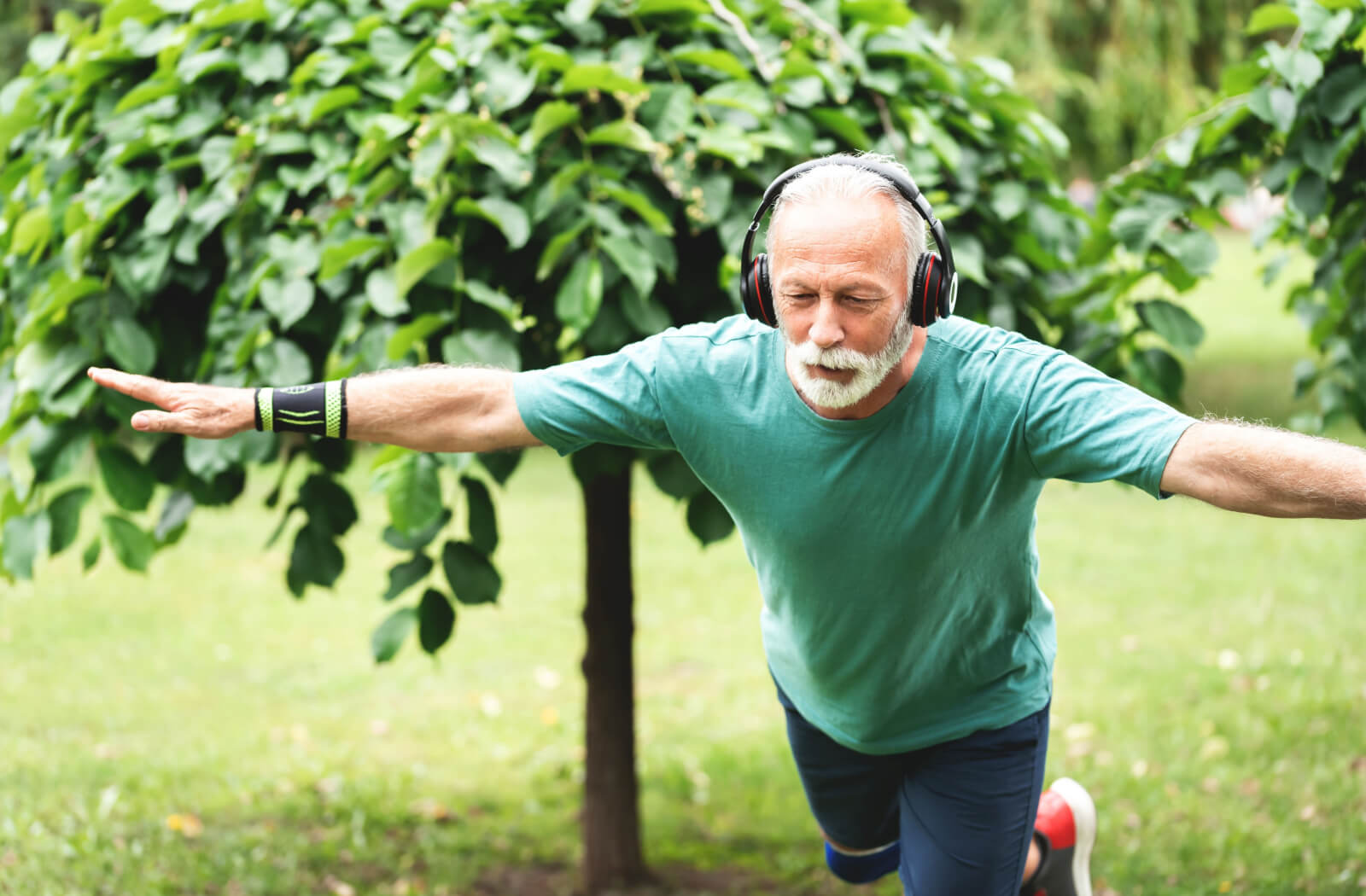As we age, maintaining good circulation in the legs becomes increasingly important for overall health and mobility. Poor leg circulation can lead to discomfort, swelling, and even more serious conditions such as deep vein thrombosis (DVT).
Fortunately, there are several effective strategies that older adults can adopt to improve leg circulation, including leg elevation, compression socks, staying hydrated, maintaining a healthy diet, managing weight and staying active, avoiding prolonged sitting or standing, and massage therapy.
At All American Assisted Living, we offer a welcoming community where residents enjoy exceptional care and vibrant living. Our community combines home comforts with top-tier services for a fulfilling, worry-free lifestyle.
We provide personalized care with tailored plans to meet each resident’s unique needs and a variety of activities to keep residents active and socially connected.
Additionally, our comprehensive health services include on-site healthcare professionals, nurses, and visiting doctors. With advanced security systems and around-the-clock staffing, we ensure safety and peace of mind for both residents and their families.
Stay Active
One of the most effective ways to improve leg circulation is through regular physical activity. Exercise helps pump blood through your veins and strengthens the muscles that support healthy blood flow.
Recommended Activities:
- Walking: Aim for at least 30 minutes a day. Walking is a low-impact exercise that keeps the leg muscles engaged.
- Cycling: Whether on a stationary bike or outdoors, cycling promotes blood flow and is gentle on the joints.
- Swimming: This full-body workout enhances circulation without putting stress on the legs.
Elevate Your Legs
Elevating the legs can help reduce swelling and promote better blood flow. Try to elevate your legs above the level of your heart for about 15-20 minutes a few times a day.
Tips for Elevation:
- Use pillows to prop up your legs while lying down.
- Invest in a recliner chair with an adjustable leg rest.
Wear Compression Stockings
Compression stockings are designed to squeeze the legs, helping veins move blood more efficiently. They come in various levels of compression, so it’s best to consult a healthcare provider to find the right fit for you.
Choosing Compression Stockings:
- Look for stockings specifically designed for circulation issues.
- Ensure they fit snugly but are not too tight.
- Reassess and readjust as needed.
Stay Hydrated
Hydration plays a crucial role in circulation. Dehydration can cause blood to thicken, making it harder for it to flow through the veins.
Hydration Tips:
- Drink at least 8 glasses of water per day.
- Keep water handy and accessible. A spill free water bottle is great for this.
- Avoid excessive caffeine and alcohol, which can dehydrate the body.
Maintain a Healthy Diet
A balanced diet rich in certain nutrients can support healthy circulation. Focus on foods that are high in antioxidants, vitamins, and minerals.
Key Nutrients:
- Vitamin C: Found in citrus fruits, berries, and leafy greens.
- Vitamin E: Found in nuts, seeds, and green vegetables.
- Omega-3 Fatty Acids: Found in fish, flaxseeds, and walnuts.

Manage Weight
Excess weight can put additional pressure on your veins, impeding blood flow. Maintaining a healthy weight reduces this strain and supports better circulation.
Weight Management Tips:
- Combine regular exercise with a balanced diet.
- Seek guidance from a healthcare provider or nutritionist for a personalized plan.
Avoid Prolonged Sitting or Standing
Staying in one position for too long can negatively impact circulation. Whether sitting or standing, it’s important to take breaks and move around regularly.
Movement Tips:
- Stand up and walk around for a few minutes every hour.
- If standing for long periods, shift your weight from one leg to the other and flex your calves.
Massage Therapy
Massaging the legs can stimulate blood flow and relieve tension in the muscles and veins. Consider professional massage therapy or self-massage techniques.
Self-Massage Tips:
- Use gentle, upward strokes toward the heart.
- Apply lotion or oil to reduce friction on the skin.
Improving Leg Circulation For Overall Well-Being
Improving leg circulation is vital for the overall well-being of seniors. By incorporating these strategies into your daily routine, you can enhance blood flow, reduce discomfort, and maintain an active lifestyle. Always consult with a healthcare provider before starting any new exercise or dietary regimen to ensure it’s safe and appropriate for your individual health needs.
Ready to experience exceptional care and vibrant living? Contact All American Assisted Living today to schedule a tour, learn more about our services and amenities, and discover how we can make a difference in your loved one’s life. Don’t wait—take the first step toward a nurturing community that feels like family!





